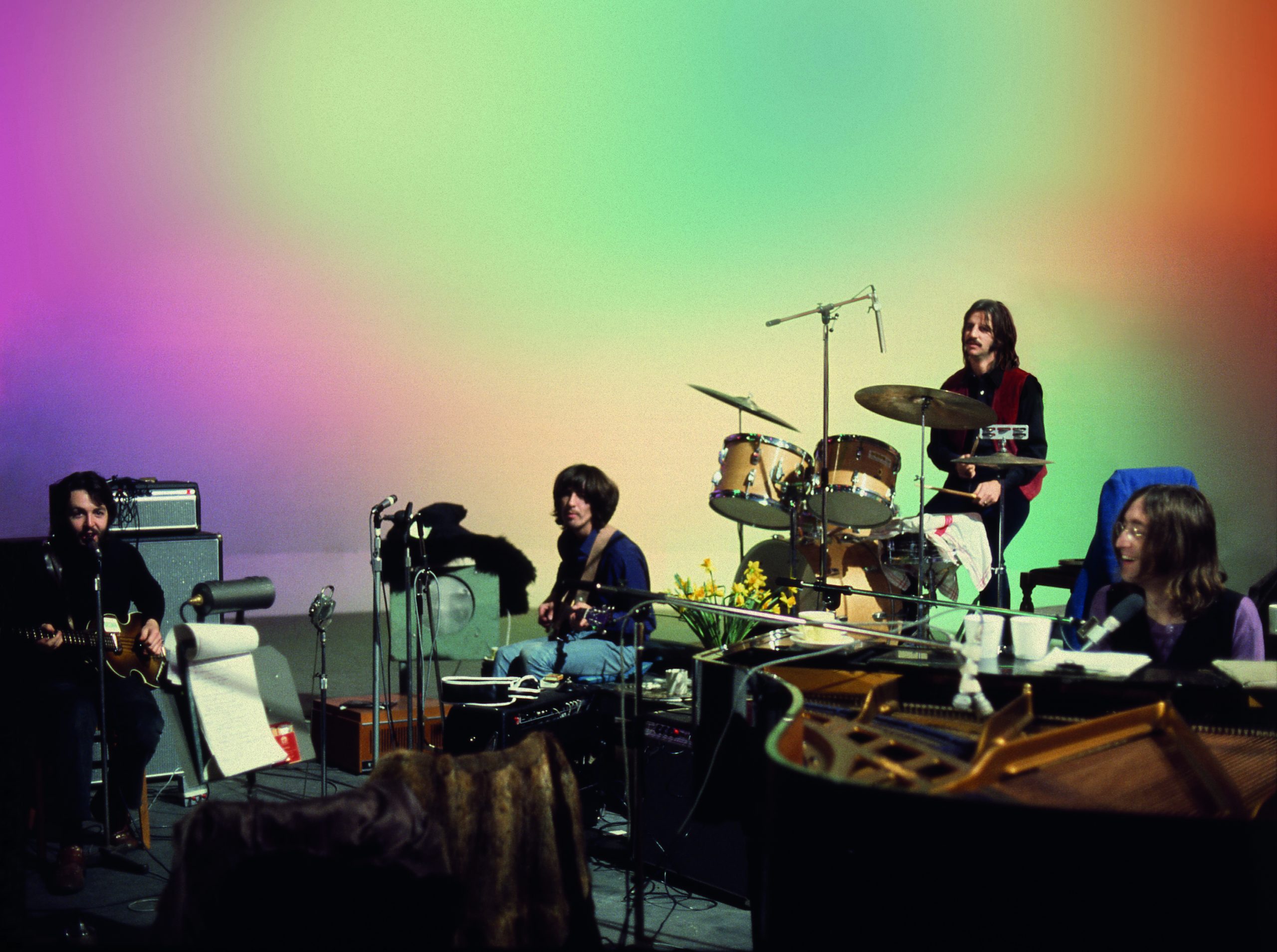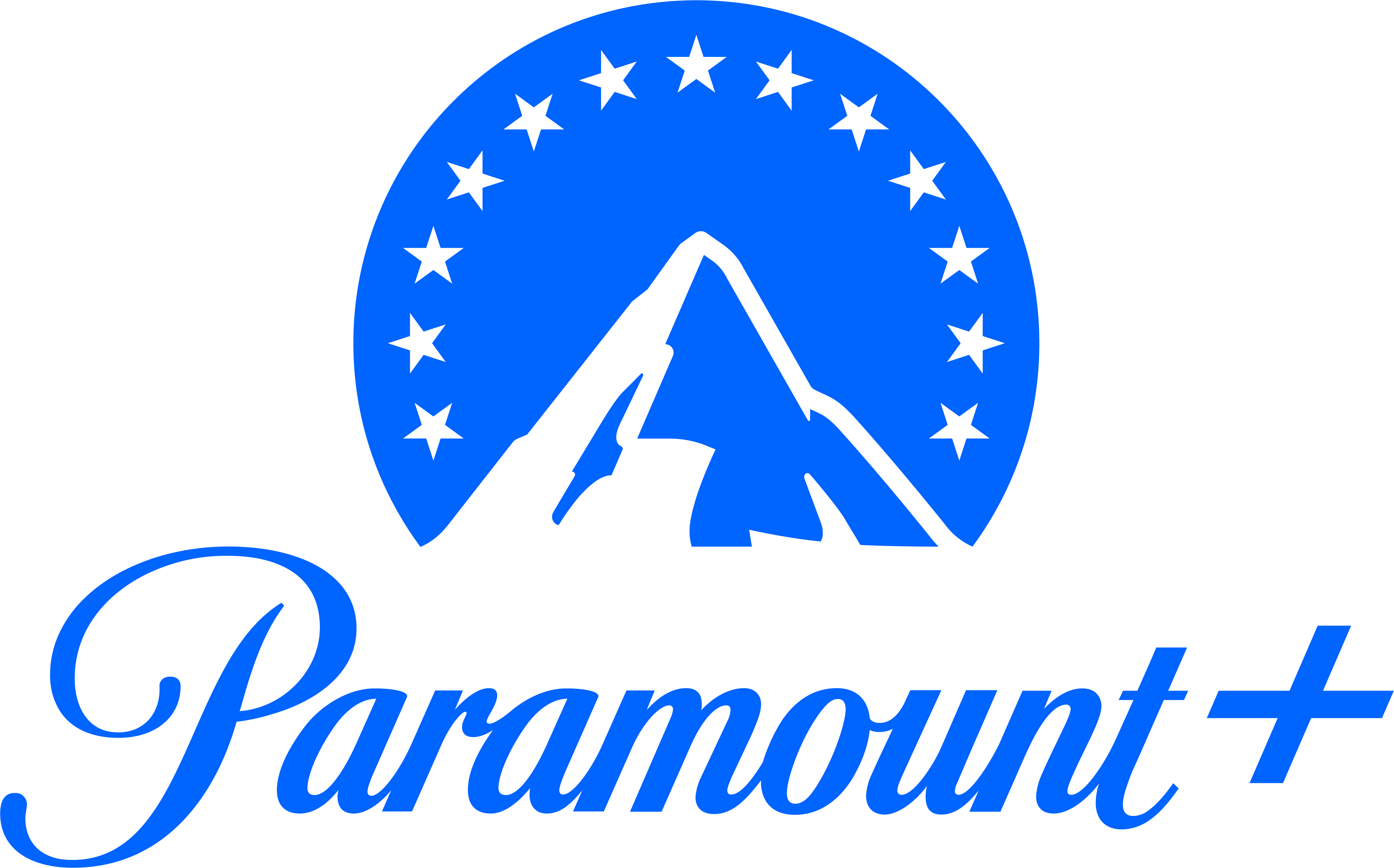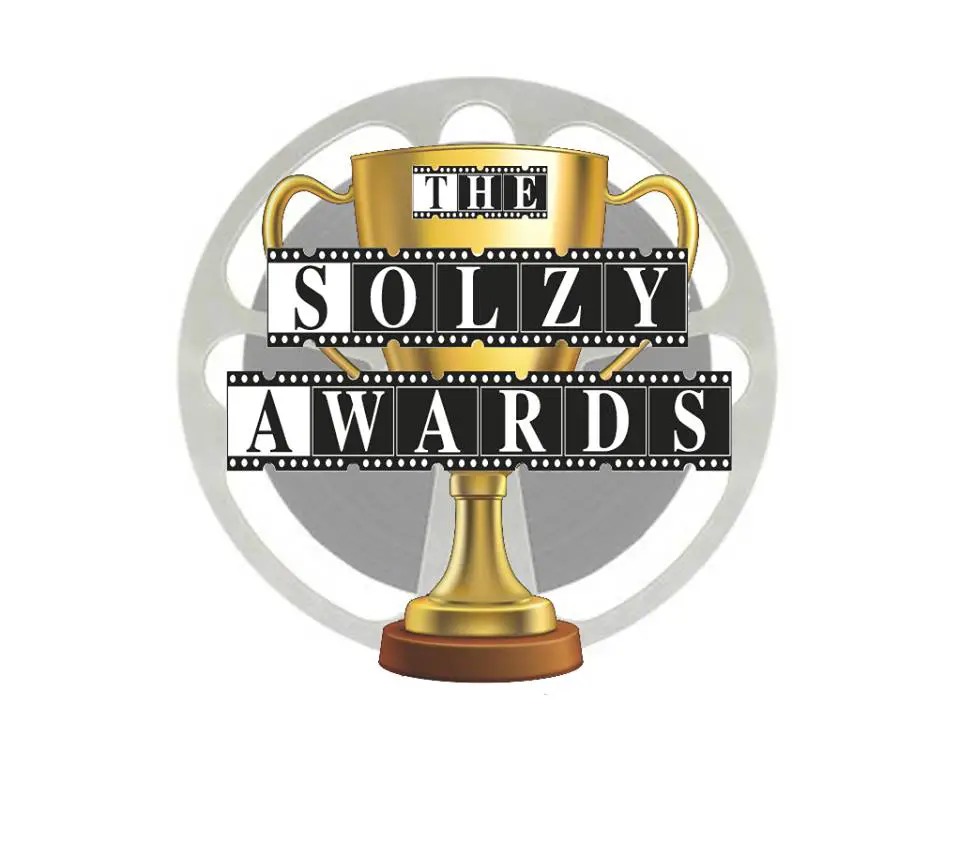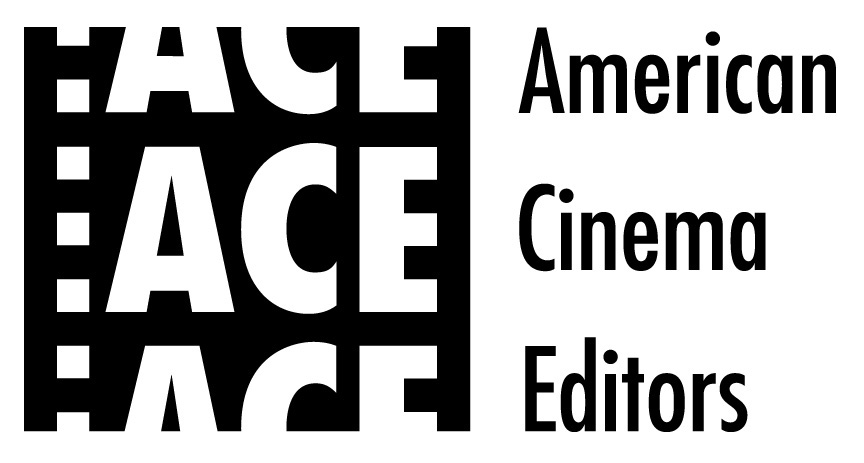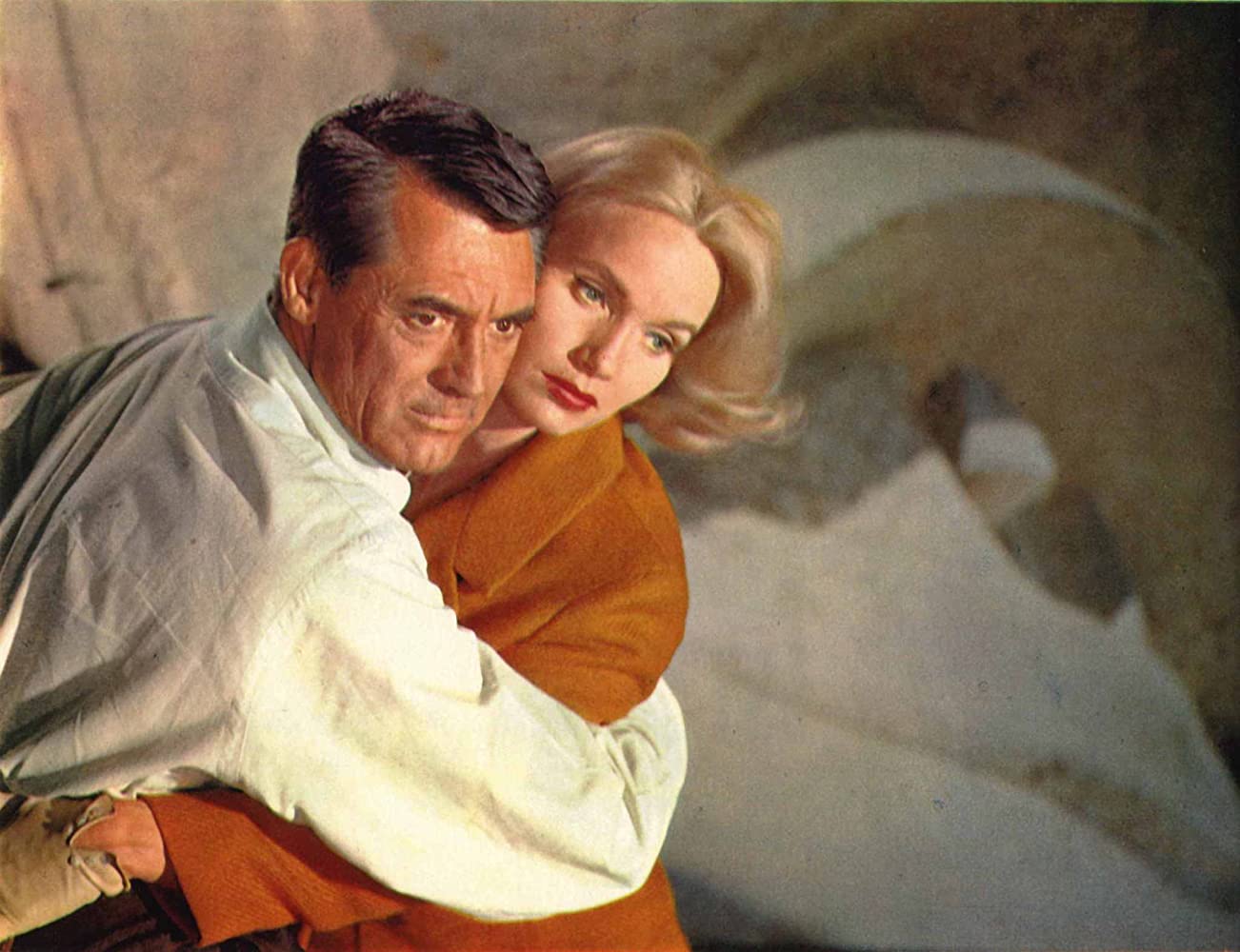
John Billheimer takes a look at how filmmaker Alfred Hitchcock was impacted by the Production Code Administration in Hitchcock and the Censors.

It’s been nearly a year since University Press of Kentucky released this book in their Screen Classics series. If you have any interest in classic movies, you certainly can’t go wrong with these books. Anyway, this review is going online over a week after I finished reading my sixth quarantine book. The main reason for this is that April 29 marks the 40th anniversary since the Master of Suspense passed away. There’s no better way than to celebrate his genius on screen.
It may be hard to imagine it right now but believe it or not, there was a time when censors decided what you can and can’t watch. Unfair as this may be, those were the rules that impacted Hollywood from 1934 to 1968. Before coming to America to film Rebecca for David Selznick, Hitchcock made films in England. While these films were subject to the British Board of Film Censors, only the finish product was impacted by the Joseph Breen and his Production Code cohorts.
HItchcock was happy to excise dialogue but what was most important in his mind were the visual images. For instance, let’s take a look at Psycho. The shower scene is one of the most iconic scenes in cinematic history. And yet, there was only one cut in the segment that was asked to be removed. Not surprisingly, it was the nudity as the camera pans out following Marion Crane’s murder.
More than anything, John Billheimer’s book provides fascinating insight into the Code’s views. Bathrooms were prohibited! Maybe it’s just me but it feels like this is something that still stands today. Well, you still see actors doing makeup and such but it still fares rare to watch someone actually go to the restroom in movies. Regardless, the book goes into isn’t allowed during this time period.
Billheimer writes the book in parts. First, there is his early career making films in Britain. However, most records didn’t survive because of World War 2. From there, it’s on to the David Selznick years, a brief Transatlantic period, Warner Bros., the Glory Years, Television, and finally, a conclusion. The book movies by at a quick pace provided you aren’t distracted.
All in all, Hitchcock and the Censors will make for a solid addition to anyone’s book collection on classic film.
